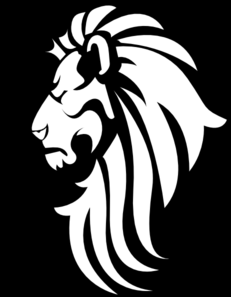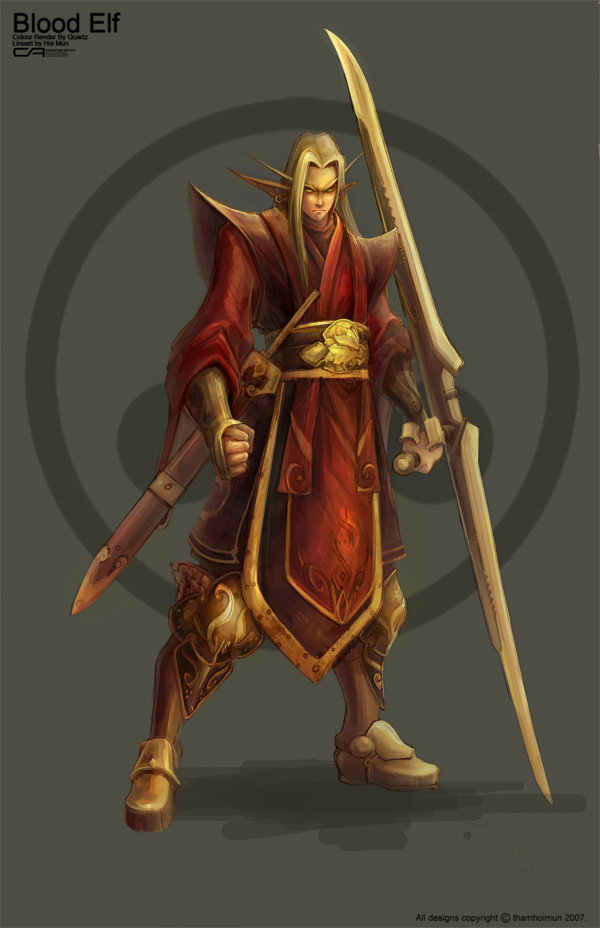(EDIT 08/31/2015: I am in the process of doing some minor adjustments to some of my previous posts. These are just going to be minor to allow for some of the newer classes, and similar.)
Ash Lions (Lith Raal)
Favored Weapons: The Ash Lions prefer two-handed melee weapons, normally greataxes, with axes of all types not uncommon.While there is no proof of this, there are those who believe that the Ash Lions, the Lith Raal, are the oldest of all the Warrior Houses. Considering the rather brutal nature of the House, the almost primitive traditions, and the fact that the Lith Raal are mentioned in a number of truly ancient elven writings, the claim has validity.
Unlike many Houses, there is no active recruitment, nor are there any stringent entry requirements. All one needs in order to become an Ash Lion is to be of elven blood and have suffered tragic loss. This loss is not always the same. One elf may have lost their "soul mate" to an assassin's blade, another may have been dishonored and banished from their clan or city, others have been excommunicated from their faith. They come from a diverse set of backgrounds, but all have the same look in their eyes, the hollow stare of the Ash Lions. The Ash Lions welcome elves and half-elves, sometimes even "quarter-elves". It's been suggested that even humans are accepted as long as they have strong ties to the elves and don't make a point of their origins, which is normally not a problem.
Ash Lions are a quiet group, not given to the usual banter of their more showy kin. Even on the battlefield, save for their battle cries, they do not speak. They are not mute, but prefer to let their blades and actions speak for them.
Many an Ash Lion dies on the field of battle, but they rarely die alone; the remains of the Ash Lion found on the top of a mound of her slain foes. This is the preferred death for an Ash Lion. Not the joyful and peaceful transcendent return to the courts of their gods, but a bloody and terrible passage purchased with the deaths of those that would do harm to the elven people, and finally with their own martyrdom in that cause.
Despite their rather morose attitudes and outlooks, the Ash Lions are respected for their skills on the battlefield. The Ash Lions do not throw their lives away meaninglessly. A death is not enough, it must be a death that means something. As such, the Ash Lions practice their martial talents are religiously as a cleric practices his devotion. An Ash Lion slain outside the battlefield, either by assassination or natural causes, is an Ash Lion that is forgotten. As such, many Ash Lions not only server in militias and armies, but are frequent adventurers, looking to reclaim lost relics and glories of the elves from the annuals of history.
Associated Classes: All Ash Lions have levels in either barbarian, bloodrager, or the exceptionally rare skald. They may have had other classes previous to becoming an Ash Lion, but once joining the House, their old life dies and they devote themselves to their new path. Also, if they had an animal companion from another class, the previous companion is released and a lion (often white in color) comes
Trait: The Lion's Eyes (Elf, Combat) - Your heart knows only rage, fear means nothing to you, death is a close companion, and your eyes show it. You are immune to fear. Also, you gain a +1 to Intimidate checks, and Intimidate is a class skill for you. On the downside, you are -2 on all Charisma based checks to improve someone's attitude towards you. Your eyes show no empathy or pity.











